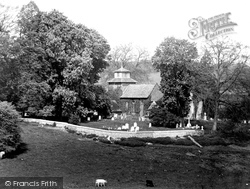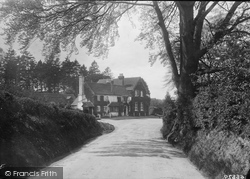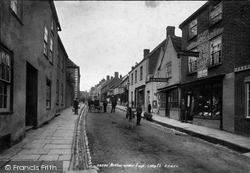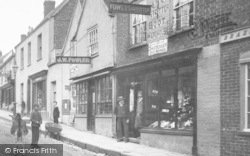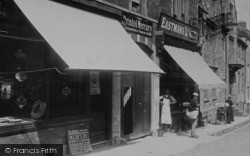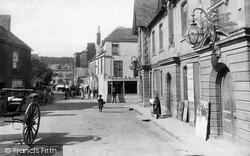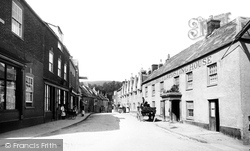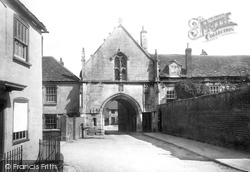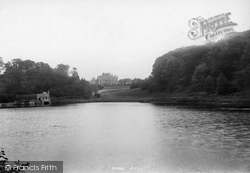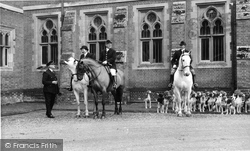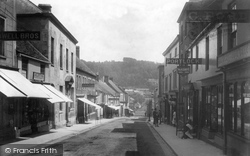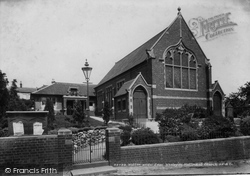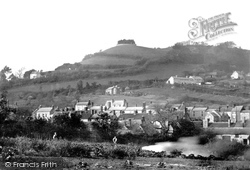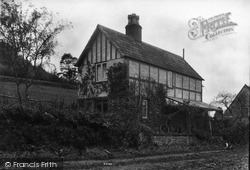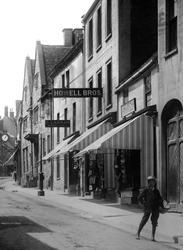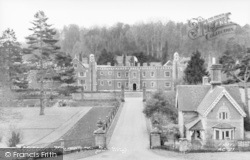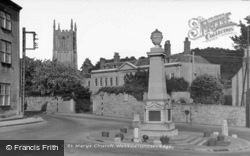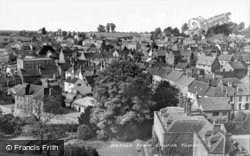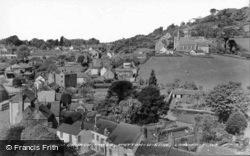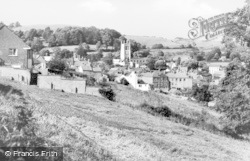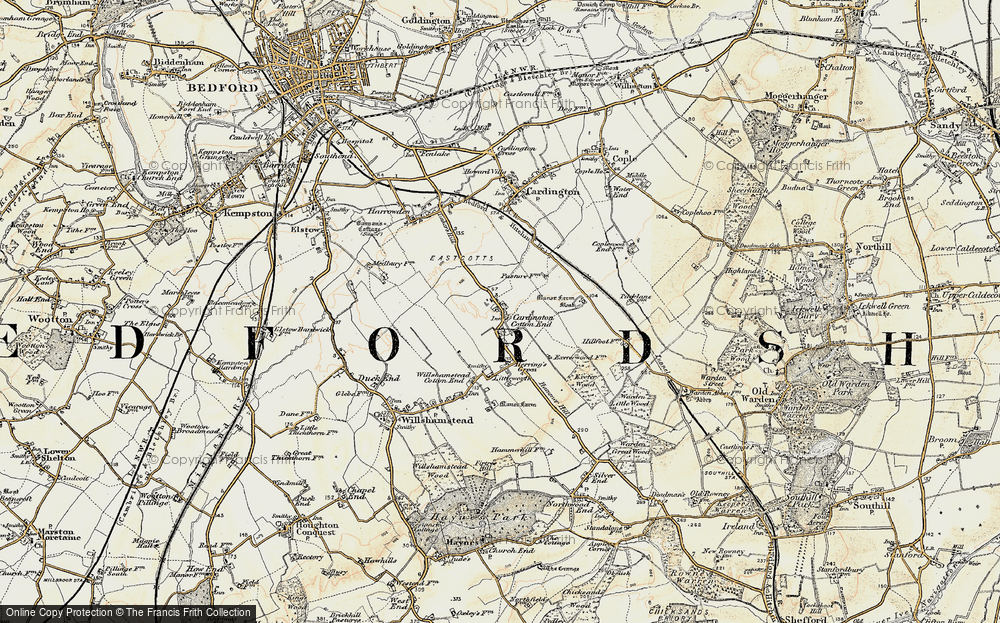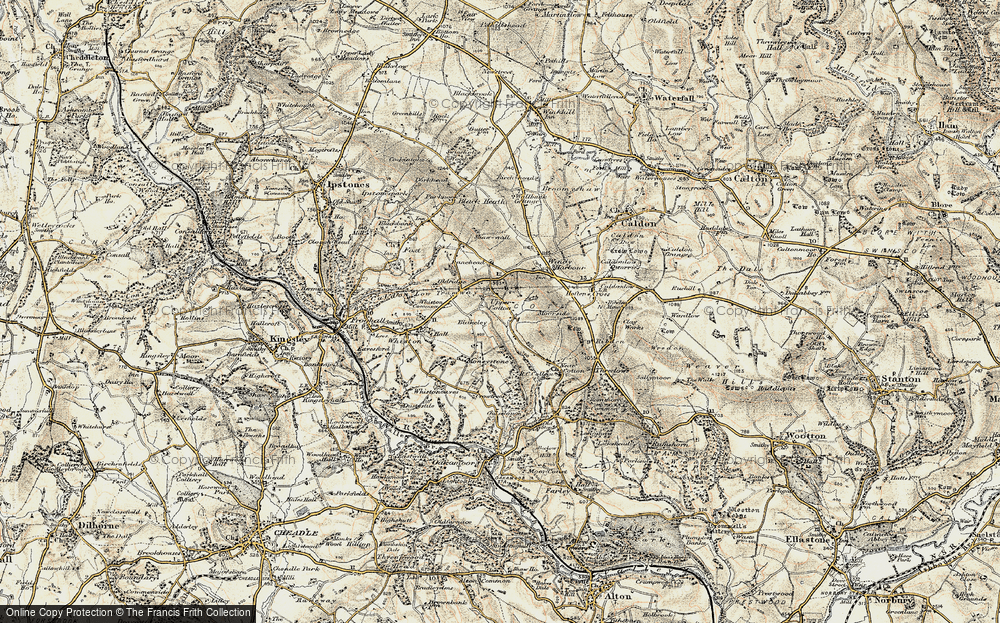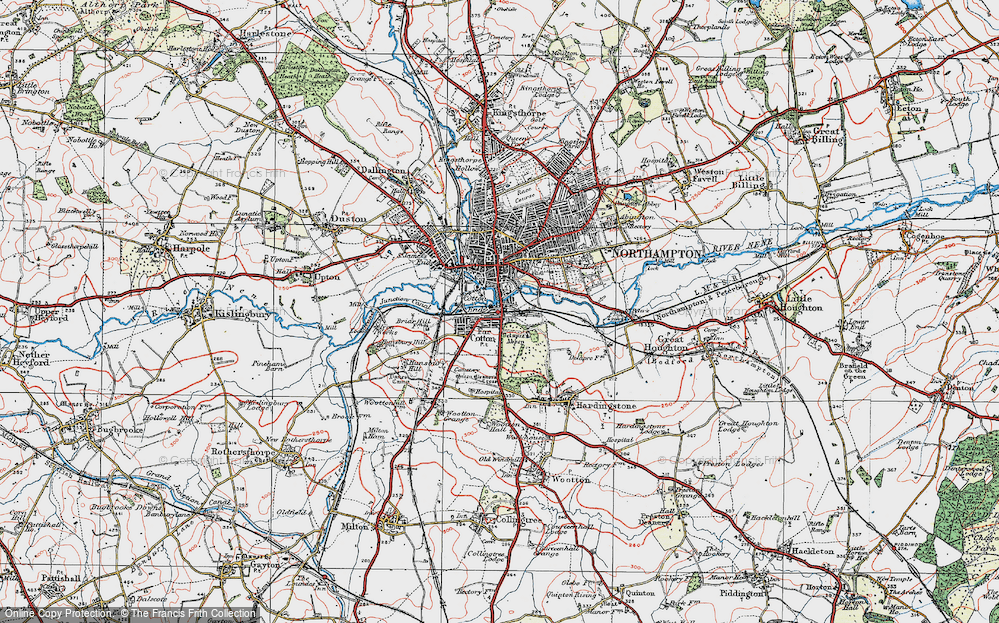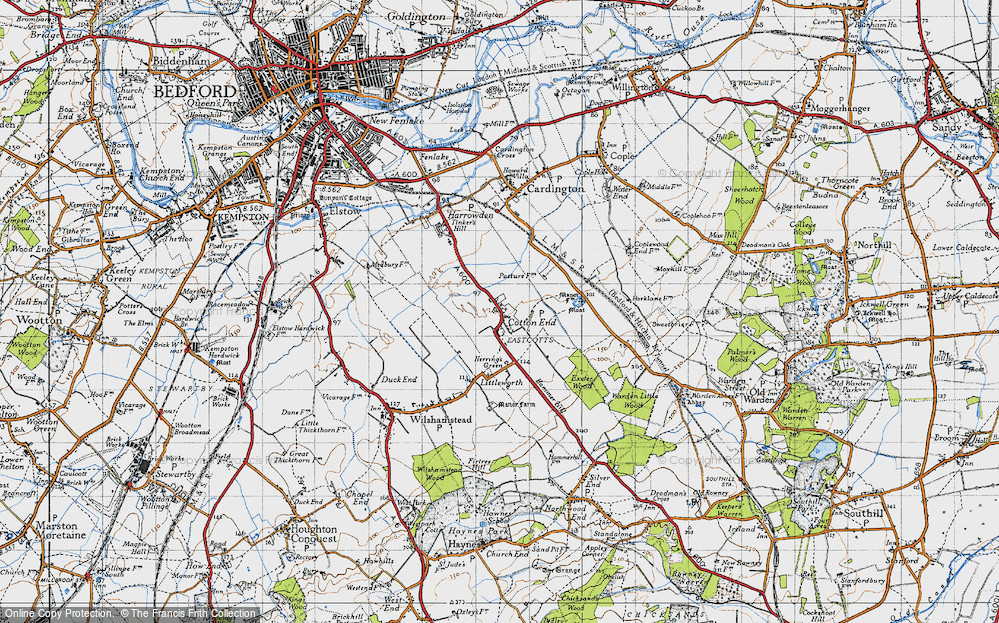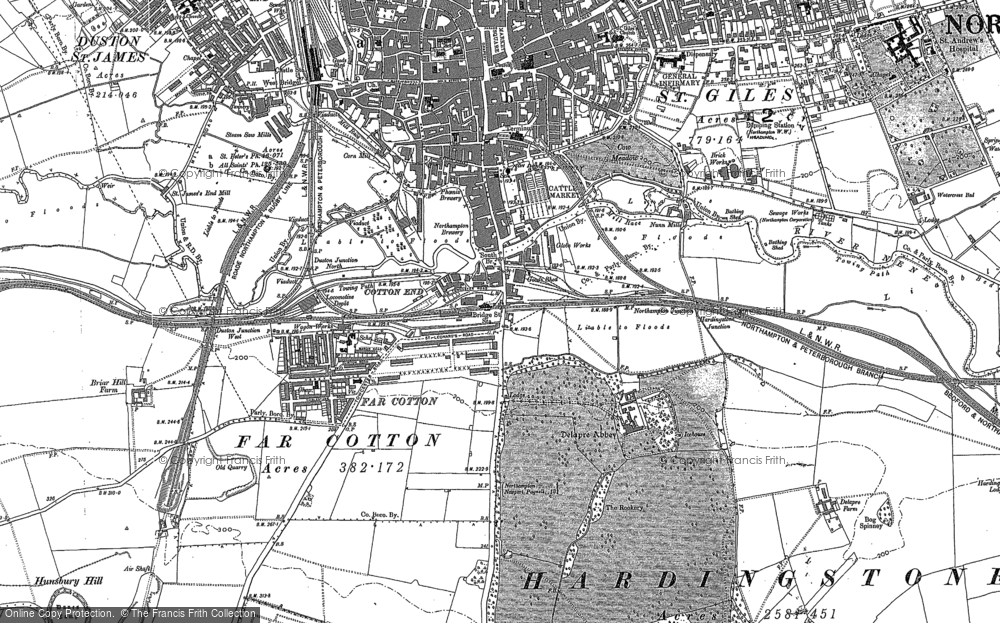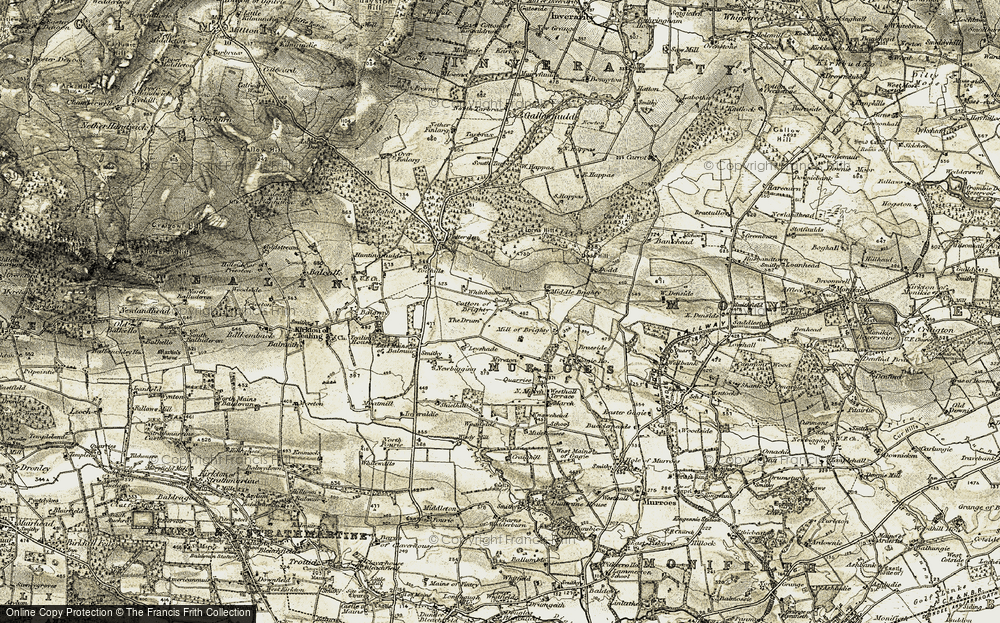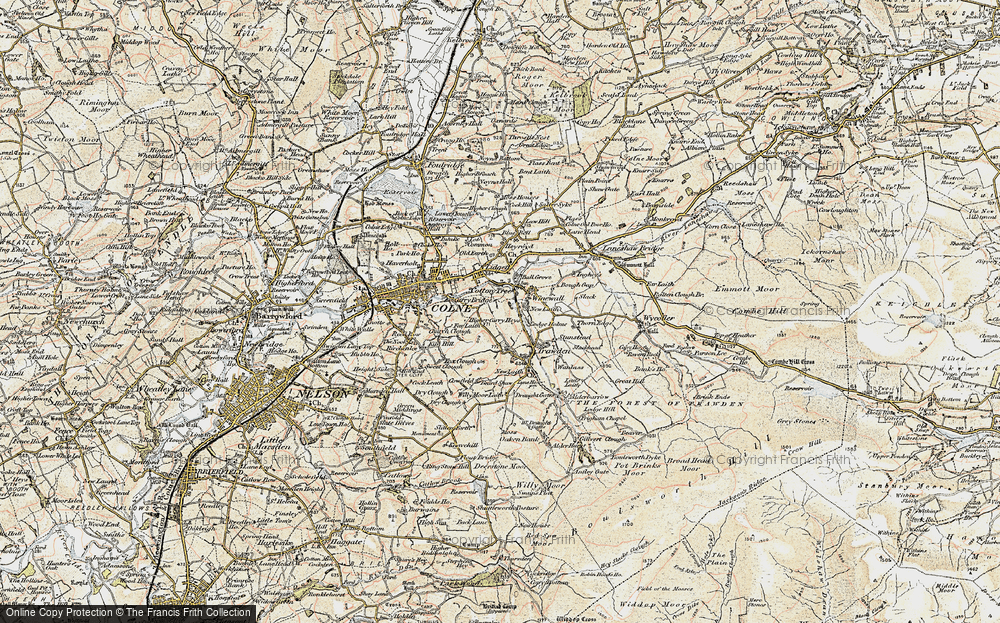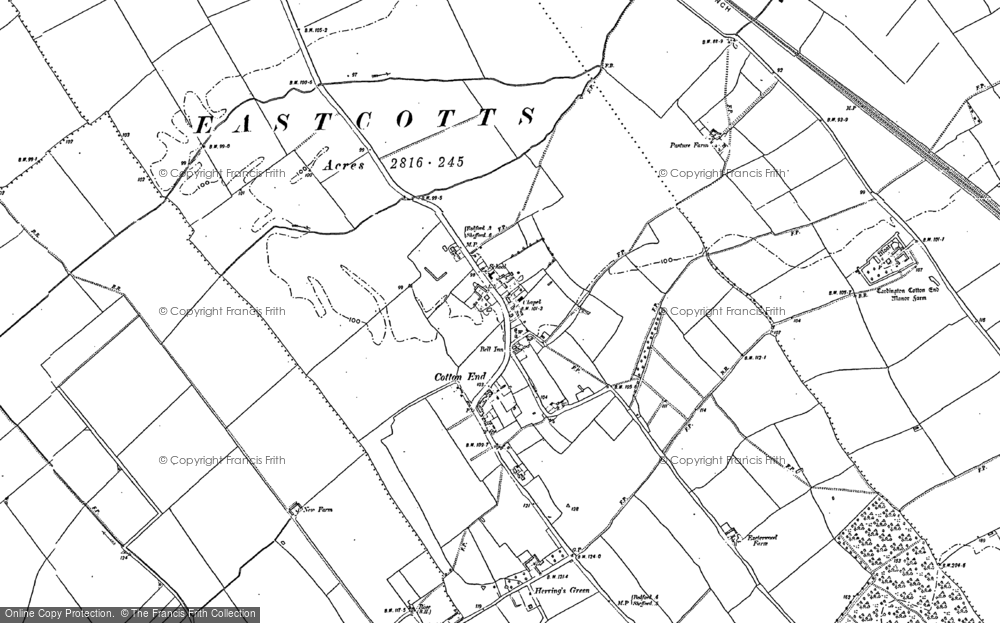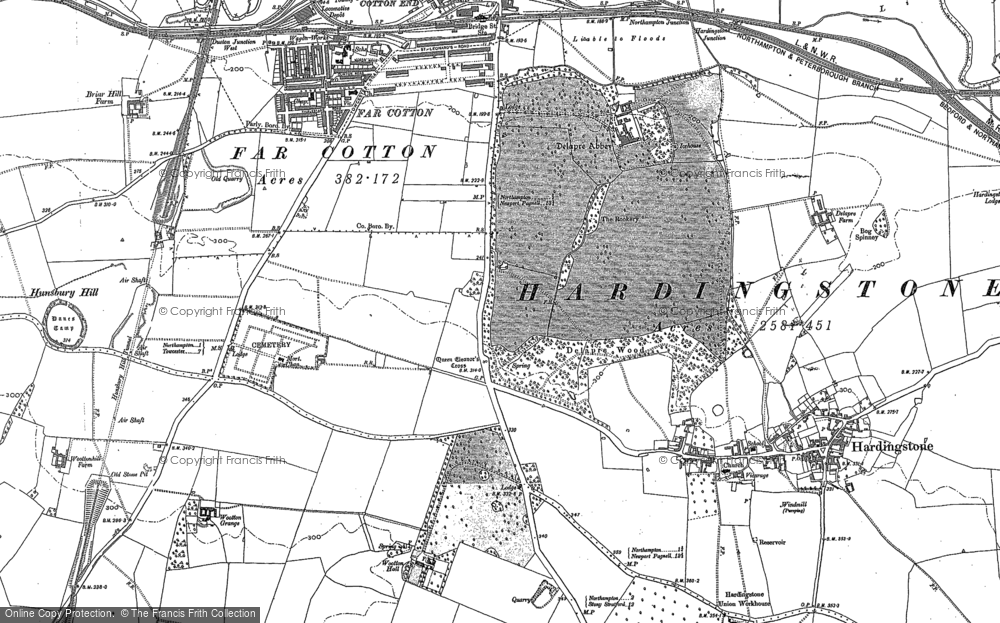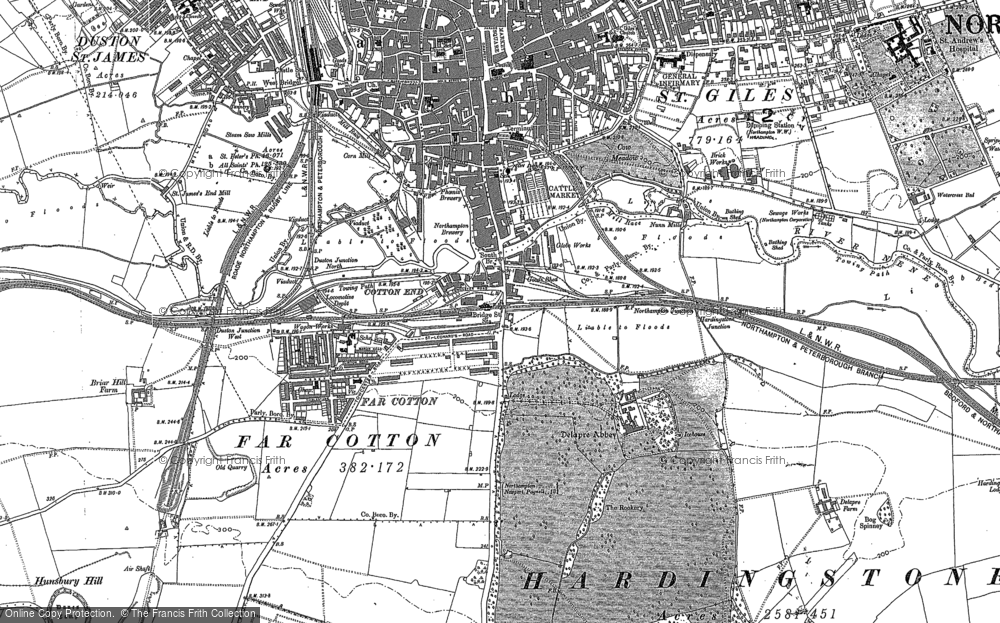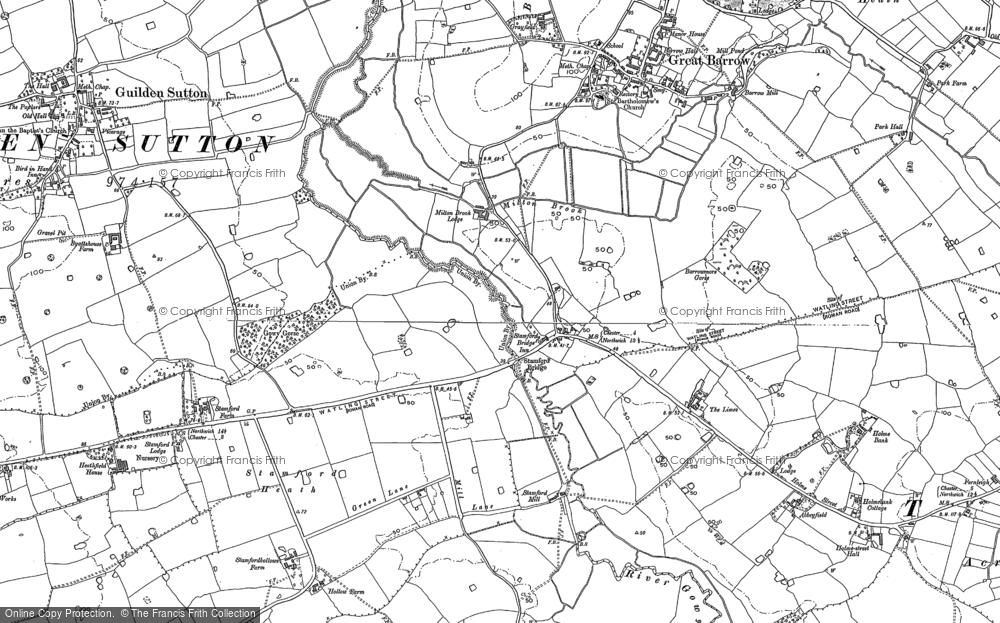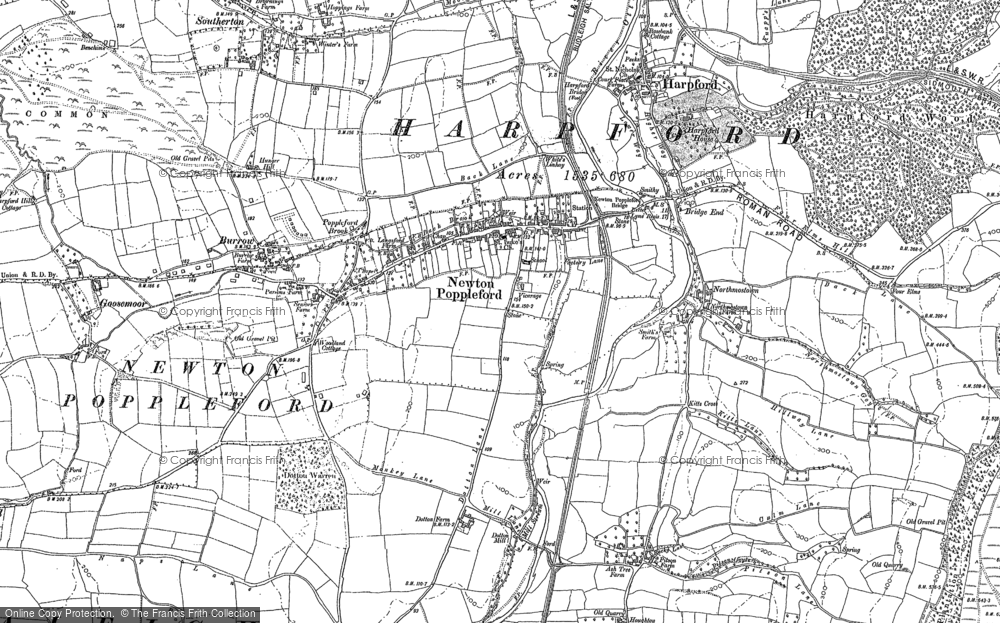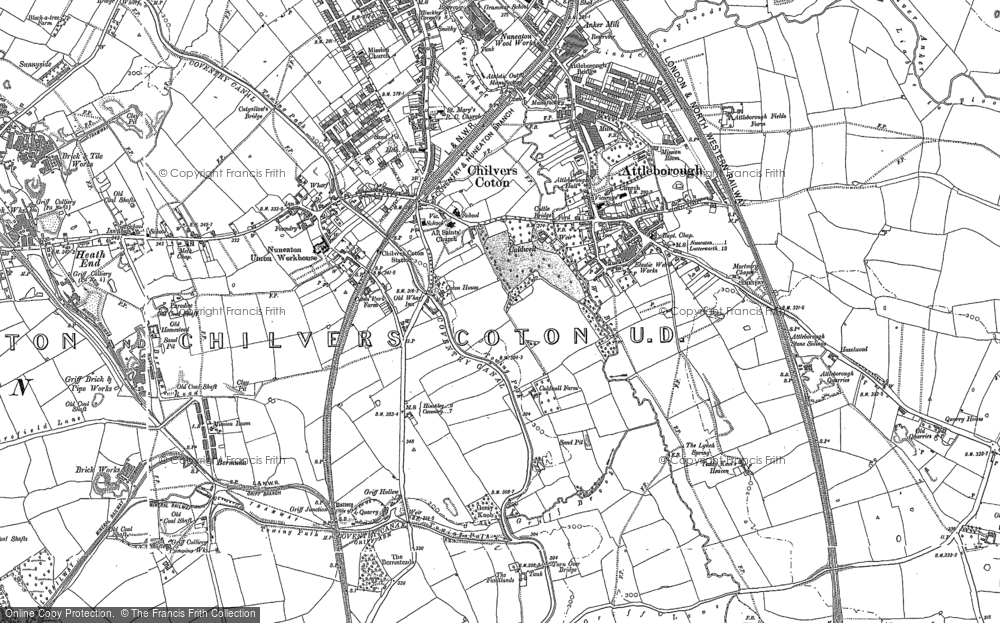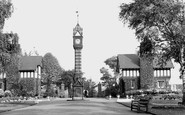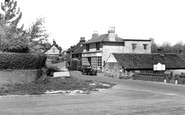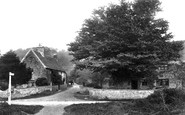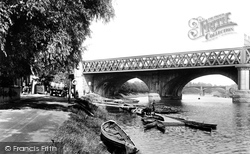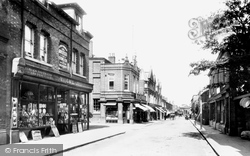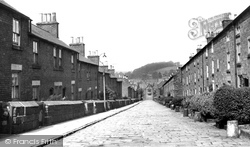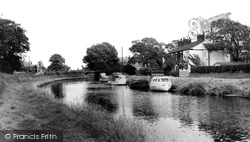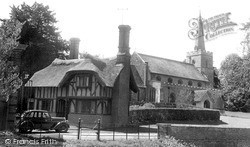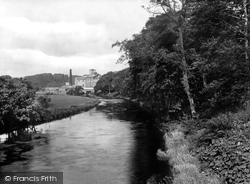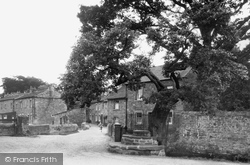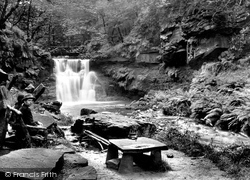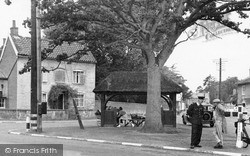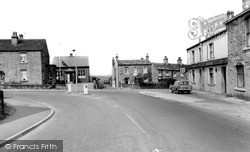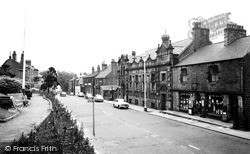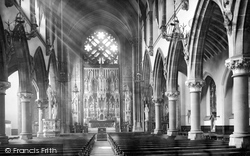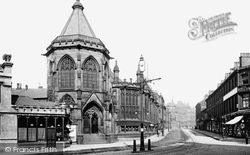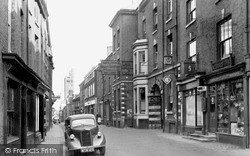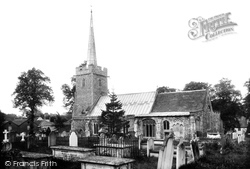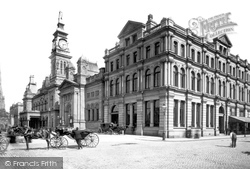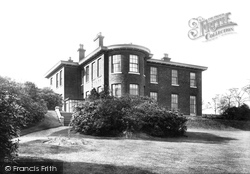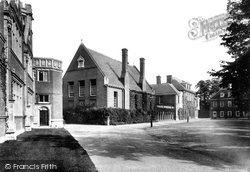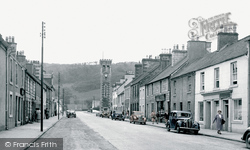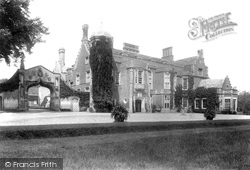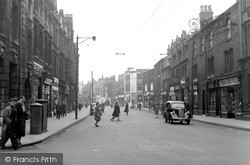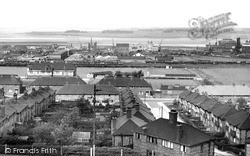Places
5 places found.
Those places high-lighted have photos. All locations may have maps, books and memories.
Photos
104 photos found. Showing results 61 to 80.
Maps
75 maps found.
Books
Sorry, no books were found that related to your search.
Memories
177 memories found. Showing results 31 to 40.
Brandsby Stores
My grandparents John Cussons, joiner / carpenter and his wife Emmie (nee Cotton) lived in Brandsby after their marriage in 1903. They had 3 sons all born at Brandsby, Geoffrey bn1904, Harold bn 1905, and my father Frederick bn ...Read more
A memory of Brandsby by
Memories Of Covenham As A Child
I was born in Covenham in Zeplin Row in 1950. I remember going to bed with candles as that was the only form of lighting we had. If it was cold in the winter I can remember my mum wraping up the warm oven ...Read more
A memory of Covenham St Mary in 1950 by
Broad Street School
I too, went to the Nursery School on Broad Street. I remember Miss Massey who slammed the desk down on my fingers squashing my signet ring, which resulted in my finger swelling and the ring having to be cut off! Such a nice lady ...Read more
A memory of Crewe in 1956 by
My Oldham
I was born in Oldham in 1946. Lived in Norfolk Street, Chadderton until 1953 then moved to the Isle of Wight. My mother, Marjorie Bolton, lived in Hollinwood and represented Oldham as Cotton Queen in the 1930's. Have always loved the ...Read more
A memory of Oldham in 1946 by
Wannock Avenue
My grandad, Joseph Woodgate, was the builder that built a lot of early Wannock Avenue's houses and bungalows. He built Wee Cott - one the first houses to be built which had a very large monkey puzzle tree in the garden, until the ...Read more
A memory of Willingdon by
1960's
I lived at 117a Mitcham Road, above Coombes the Bakers, next door was David Greggs and Soloman's Greengrocers. Other shops on on the road were Smith Bros (either end of the block), David Kaye Butchers, Dewhurst Buthchers, Boots and a Gent's ...Read more
A memory of Tooting by
The Ghost On Station Road
I lived at 59 Station Road, Royston. My parents moved there in the very early 1960's and I was born in 1969 and my brother David in 1972. It was a semi, with what seemed to be a garden that went on forever. I ...Read more
A memory of Royston by
1940's Wortley
The photograph shows the entry to Hell Mill Lane (sometimes called Riley Road) which runs along the valley of the Little Avon towards Ozleworth; to the right behind the trees is Wortley Farm, occupied in the 1940's by ...Read more
A memory of Wortley by
Life In Rock Street Aberkenfig
I was born in 1943 and lived at Ely Cottage, Rock Street. The house was built by my Grandfather around 1920, I have a page from a 1926 telephone directory stating that the house was a business address of the Adams ...Read more
A memory of Aberkenfig by
Bennett&Sayers Nuns Street Derby
I served my apprenticeship at Bennett&Sayers from 1964 to 1972, the scrap yard opposite was always called Frank Radfords, further up Nuns street [over the bridge] this was the original Samways for the highways,[now ...Read more
A memory of Derby by
Captions
124 captions found. Showing results 73 to 96.
Preston was a major cotton town, and the Lancaster Canal runs from Ashton Basin.
Like Macclesfield and many other small towns around, Wilmslow was to develop enormously in the 18th century with the introduction of industries linked to local silk and cotton mills.
The houses on the right of the street date from about this time, and were provided by Strutt for his workers at the nearby cotton mills, powered by the River Derwent.
In this area the canal was used for the transportation of fustian, a form of rough cotton known as 'poor man's velvet' that was produced locally.
At the time of the Industrial Revolution there were cotton and bobbin mills here providing work for hundreds of operatives. Low Mill has been converted into flats.
When the Cotton family commissioned Capability Brown to design a park in 1756, he cut a swathe through the village, separating the church and a couple of farms and cottages from the rest of the village
The view looks upstream to Low Moor Mill, which produced cotton cloth until it closed in the 1950s. Its site is now occupied by a housing development.
Agriculture dominated the village until the end of the 17th century, when Arkle Beck was harnessed for cotton mills. Low Mill, which only closed in 1970, was claimed to be the oldest in the country.
Harden Beck, which used to power a cotton-spinning mill up to 1802, is pictured here just below Hallas Bridge. The local poet John Nicholson wrote much of his pastoral work near the 20ft waterfall.
It was planted on 11 November 1923 by Ezra Cotton and George Davy, the oldest and youngest children at the school, to commemorate the great battles of 1916.
Mills processed cotton and wool, providing clothing and fancy goods for the millions of workers who poured into West Yorkshire in the 19th century. Mining was also prevalent in the district.
Cotton spinning brought rich rewards to the town. The new mills, ten of which were established as early as 1758, used water power from the fast running River Ryburn.
Born near Bolton in 1768, he established Preston's first cotton mill, known as the Yellow Factory, and founded a textile business that grew to be one of the biggest in the world.
St Mary's Church was built between 1875-77 on the site of a former cotton factory in Buttermarket Street, close to the working-class districts which provided its congregation.
It was known later as the Cotton Exchange.The building, at least the front, is still there today, and is a cinema. Blackburn had had three local newspapers by the time the Reading Room opened.
In this area the canal was used for the transportation of fustian, a form of rough cotton known as 'poor man's velvet' that was produced locally.
It is for Ezra Cotton (d1898) and his widow Lucy (d1908).
It was thanks to the generosity of cotton manufacturer William Atkinson that Southport got a Free Library and Art Gallery; he paid for both of them.
John Bright`s father Jacob built a cotton mill at Greenbank in 1809 and John became a partner when he was aged 16. John built his home, One Ash, opposite the mill in 1839.
He followed Dr Cotton in increasing the size of Marlborough from a modest establishment, providing good cut-price education to the son of clergymen, to one of the great public schools of the
It grew into a centre for brewing, cotton manufacturing, boat building and tanning, and was once known as 'the Glasgow of the South'.
The hall was later remodelled as a mansion house for the Hynde and Cotton families. The very fine 15th-century gateway came from the Old Schools in Cambridge in c1754.
Leigh was a market town that prospered on coal, cotton, and silk.
Alkali was needed not only for the production of soap but also to finish textiles in the nearby Lancashire cotton mills.
Places (5)
Photos (104)
Memories (177)
Books (0)
Maps (75)


